Permaculture - Soil components, part three: Calcium, microorganisms, minerals (Lesson 14)
Lime and calcium
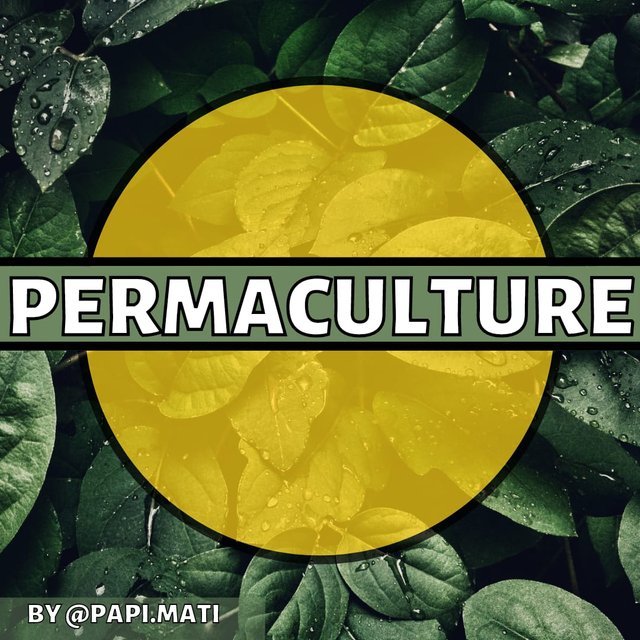 cover prepared in Canva
cover prepared in Canva
Let's start by distinguishing between these two concepts: calcium is an element that plants need to grow, lime is the oxides and calcium carbonates used in agriculture to improve soil pH, but also introduces a lot of calcium into the soil. Due to their importance to plants and soil, we discuss them once again, outside of the micronutrient group, adding more information about them. They affect the growth and yielding of plants and also change the pH of soil or water to alkaline. Lime also heats the soil and accelerates the humus combustion processes
The diagnosis of soil calcium deficiency can be done in two ways (apart from laboratory soil testing, of course):
- By pouring hydrochloric acid, acetic essence, or a big amount of lemon juice onto a soil sample. If the amount of calcium is sufficient, the earth will rattle and fizz. In the case of a shortage, this process will not occur at all or it will take place to a very limited extent.
- By observing the vegetation. If there is a large number of deficiency indicators (one or two plants are not enough) in the selected area, we can be sure our soil needs more calcium.
The indicators in the case of soils poor in calcium:
Selected calcium soils:
Calcareous (calcareous) soil
Composed of clay or sand with limestone, which may be up to 1/3 of the weight of the soil sample by weight. Calcareous soils poorly absorb fertilizers, soils with clay are added to them to improve the quality. Legumes, cucumber plants, and stone trees are the most popular plants which can grow there. It is used to improve other limestone-poor soils, especially clay soils
Calcareous non-fertile soil
As in the previous example, this soil consists of sand or clay and limestone, which, however, accounts for more than 1/3 of the total mass. It requires mixing with much more clay. Without improving the quality of the land, it is not suitable for cultivation.
Coral soil
The soil characteristic of coral islands and the edges of the desert. The calcium concentration is very high there, which results in the soil's inefficiency. The soil quality is improved with a light solution mixed with zinc, copper sulfate, and iron sulfate (12 g diluted in at least 10 l of water for every 10 m2). The solution can be added to liquid manure and slurry.
Marl
A soil composed of at least 5% lime. It is mainly used to improve other soils, especially sandy, peat, and humus land that are not fertile with limestone. This soil soaks up water as quickly as clay soil, but it dries up much faster. When dry, it forms a crust on top. Usually, it is very low in humus, because lime acts on the digestive organic substance. Fertilizers lose their minerals quickly. In larger rains, there is a high risk of channel formation.
Good for the cultivation of legumes, fruit trees, walnuts, and vines. Bad for conifers and lawns.
Microorganisms
Microorganisms in soils are responsible for converting compost and manure into humus, supplying plants with nutrients, and even keeping them in good health. We can take care of increasing their population by balanced fertilization of the garden, avoiding artificial fertilizers, and deep digging of the soil.
A handful of healthy garden soil contains:
- 100 insects and mites
- 110 annelids
- 250 springtails
- 25,000 roundworms
- 7,500,000 protozoa
- 12,500,000 algae
- 100,000,000 mushrooms
- 125,000,000 bacteria
Plants produce sugars and vitamins through the root system that attract bacteria, fungi, and other microbes. This is a specific symbiosis: when the microorganisms gather and multiply at the roots, which provide them with food, they will produce antibiotics that increase the plant's resistance, and acids and enzymes that release essential nutrients from humus.
Sometimes the partnership is so strong that the growth of plants without specific species of microorganisms is noticeably inhibited.
Each group of microorganisms lives in a specific layer of the earth. By digging the soil deeply, we kill them, therefore permaculture employs the "no-dig" method, which allows only superficial loosening/aeration of the soil, without deep plowing
Microorganisms provide minerals, but also eat them themselves. They can enrich our earth or make it completely barren. They need to be viewed as a complex environment with intricate interactions. For example, organisms living underground eat 20-30 times more carbon than nitrogen. If we carelessly use artificial or natural fertilizers and add too much carbon to the soil (say, by mulching the entire garden with sawdust and straw), the microorganisms will multiply enough to absorb all available nitrogen from the ground to balance the carbon feast. If the deficiency of a mineral becomes severe, the microorganisms die en masse, leaving the soil barren.
Minerals
In nature, most of the nutrients come originally from rocks. Rocks contain potassium, calcium, phosphorus, and other elements needed by plants. To turn rocks into food, plant roots and soil organisms produce mild acids and digestive enzymes. If we create healthy soil in our gardens, minerals contained in the soil and a closed cycle of compost and manure, decomposed by bacteria, fungi, algae, actinomycetes, invertebrates, and other microorganisms, we will be completely satisfied and we will not need additional supplementation with organic matter from the outside or fertilizers artificial.
A detailed description of minerals, symptoms of their deficiency, and methods of natural supplementation are described in the previous lessons.
All my lessons are shared totally for free with a CC-0 license (which means you can copy my text and share it wherever you want to, without the need to mark me as an author). I hope it will bring you joy.
Previous lessons can be read here:
Fertilizers
2 - types of manure and when to use it
3 - Compost. Basics
4 - advanced composting
Soil and minerals
9 - Nitrogen, Phosphorus, Potassium
10 - Boron, Molybdenum, Copper, Magnesium
11 - Zinc, Calcium, Iron and other elements
12 - soil components: sand and clay
13 - soil components: humus
Thank you for reading,
@papi.mati
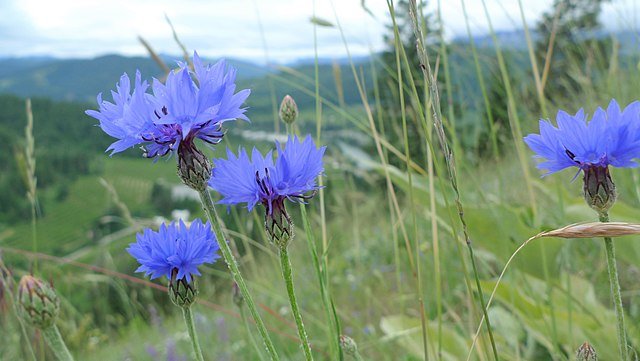 Centaurea cyanus
Centaurea cyanus 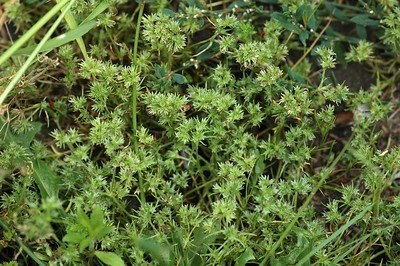 Scleranthus annuus
Scleranthus annuus  Viola arvensis
Viola arvensis 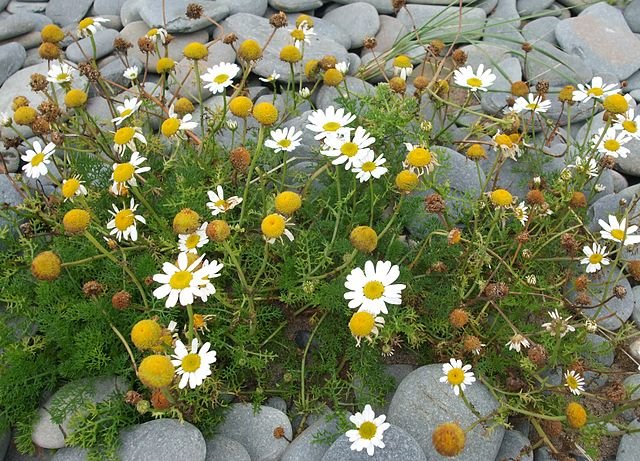 Tripleurospermum maritimum
Tripleurospermum maritimum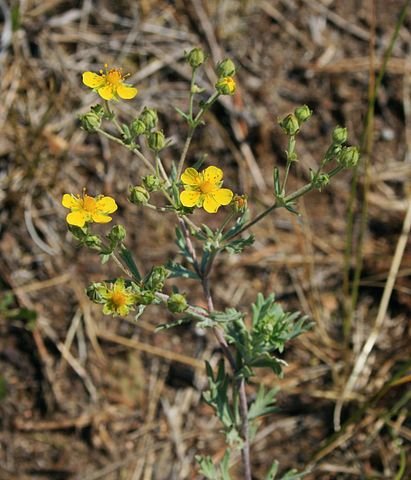 Potentilla argentea
Potentilla argentea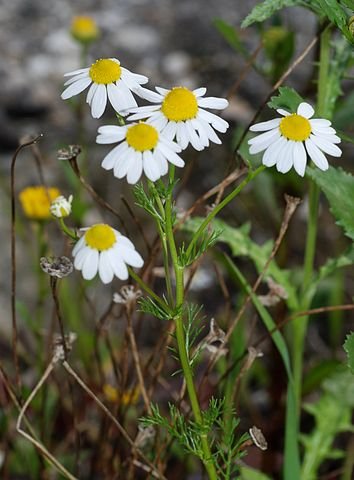 Matricaria chamomilla
Matricaria chamomilla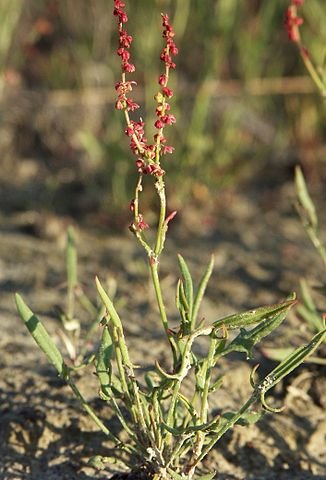 Rumex acetosella
Rumex acetosella 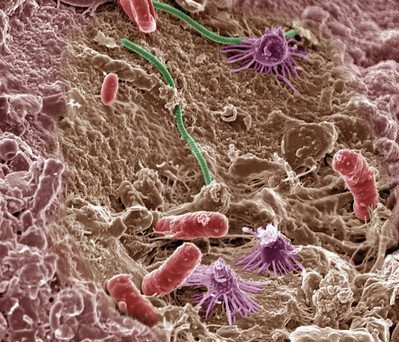
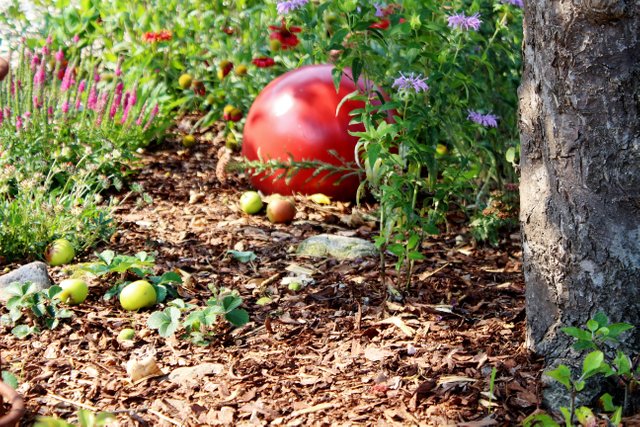
Excelente publicación! No sabia que los microorganismos le hacian bien a las plantas, asi que he aprendido algo nuevo. Aunque también hay que manejarlos con cuidado.
Gracias por tu valioso contenido!
I'm glad I could teach you something new today. I also learn plenty of new things on steemit each day - Skillshare community is perfect for that :)
Wow! What a detailed explanation of soil components. Thank you so much for this lesson
Thank you very much for your comment. I'm glad you enjoyed my lesson!
Yes I really do.